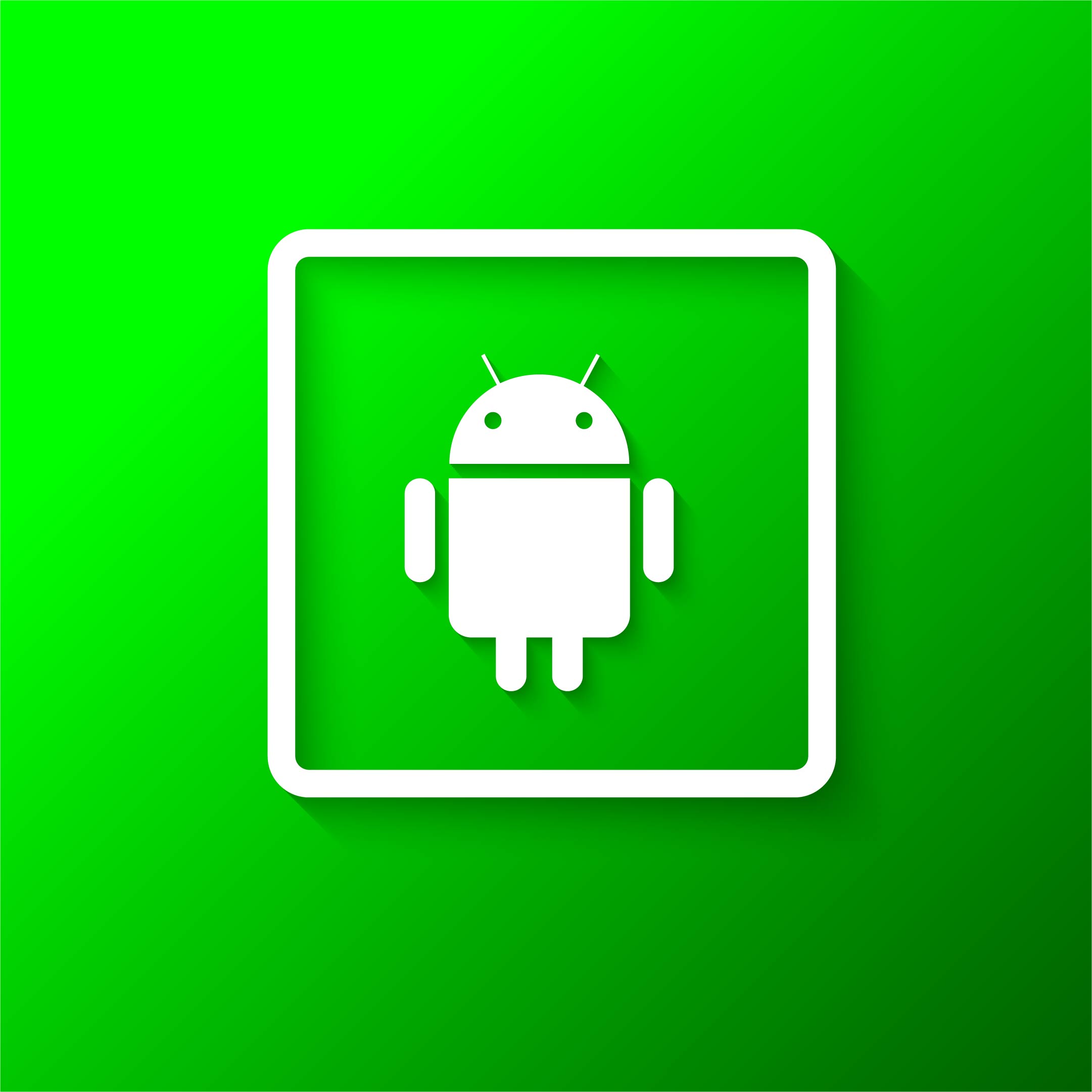Android 21 will be a ground breaking update of android. Android has remained at the forefront of innovation in the constantly changing world of mobile technology. Both developers and tech fans are excited about the latest release of Android 21. In this in-depth investigation, we will examine everything Android 21 has to offer and how it promises to usher in a new era of mobile experiences. We’ll explore Android 21’s history, from its ground-breaking features to its potential influence on mobile technology.
Android is continually a leader in the rapidly evolving field of mobile technology, always pushing the limits of what is possible in the palm of our hands. The release of Android 21 created excitement in the tech world since it is expected to revolutionize how we use mobile devices. We set out on an exciting adventure to investigate Android 21‘s features, innovations, and the influence it is expected to have on the rapidly changing field of mobile technology. Join us as we explore every detail of this incredible operating system in-depth and learn why Android 21 is being regarded as a major turning point in the development of mobile technology.

The Evolution of Android Before Android 21
Let’s quickly review the history of the Android operating system before getting into the details of Android 21. Android has been constantly being enhanced and improved since its introduction. Every new release has brought with it innovations, improvements, and refinements that have changed how we use our mobile devices.
When Android 1.5 Cupcake was released in 2008, it was the official start of Android. Widgets, on-screen keyboards, and video recording were all introduced in this original edition. It opened the way for a string of quick developments in the Android ecosystem.
Soon after, Android 2.0 Eclair arrived with expanded Google Maps features, support for multiple accounts, and improved user interface elements. These early iterations established the groundwork for what would quickly emerge as a dominant force in the field of mobile operating systems.
The middle years of Android’s development saw a lot of improvements and increased functionality. With the addition of features like the ability to install programs on external storage, Android 2.2 Froyo improved the user experience by providing more storage choices. Gingerbread (Android 2.3) put a strong emphasis on enhancing performance and updating the user interface.
With the release of Android 4.0 Ice Cream Sandwich, capabilities including facial recognition and data sharing via Android Beam were added. The user interface was improved even more with Android 4.1 Jelly Bean, which also brought in features like Google Now for future assistance.

The landmark release of Android 4.4 KitKat placed a strong emphasis on optimization for smartphones with less powerful hardware. It aimed to improve Android’s usability and efficiency so that it could function properly on a larger variety of devices.
Android developed and improved itself as it developed further. With the introduction of Material Design in Android 5.0 Lollipop, the platform now has a more modern and logical appearance. The focus of this version was also on battery life and performance improvements.
Conditional app permissions were introduced with Marshmallow (Android 6.0), giving consumers additional control over the data that apps may access. Split-screen multitasking and a more advanced notification system debuted with Android 7.0 Nougat.
With the help of functions like Adjustable Battery and Adjustable Brightness, Android 8.0 Oreo and Android 9.0 Pie focused on improving battery life and improving AI integration. Android 10 improved gesture navigation and added a system-wide dark mode.
In addition to adding new features like chat bubbles and improved privacy controls, Android 11 further improved the existing ones. It was obvious that Android was developing and expanding the capabilities of mobile operating systems.
The most recent achievement in this process, Android 21, promises to raise the bar for what a mobile operating system is capable of. We’ll learn more about Android’s features and functionalities as we study it, giving us a better understanding of how it continues to dominate mobile technology.
Android 21 Features
With the release of Android 21, a host of new features are available that not only improve user experiences but also give developers the tools they need to make more creative and responsive apps. Some of the unique features of Android 21 are listed below:
- Enhanced Performance:: Android 21 includes optimizations that improve the speed of the device as a whole, leading to more fluid app launches and multitasking.
- Privacy Enhancements: A focus on user privacy includes finer control over data sharing and more specific app permissions, delivering a safer mobile experience.
- Improved Battery Life: For smartphone consumers, battery life has long been a major worry. In order to increase device uptime, Android 21 has battery-saving functions.
- Enhanced AI Integration: In Android 21, artificial intelligence (AI) is a key component that offers more intelligent recommendations, enhanced speech recognition, and customized user experiences.
- 5G Integration: With quicker download rates and reduced latency for a seamless connection experience, Android 21 is made to fully utilize 5G networks.

Developer-Focused Advancements in Android 21
Android 21 is beneficial for both developers and end users, not just for end users. Android 21 offers a number of developer-focused improvements with a special focus on increasing app development’s efficiency and availability
- Jetpack Compose:: This modern toolkit streamlines UI creation, making it easier for developers to produce more responsive and attractive apps.
- Kotlin Support: Android 21 further integrates the popular Kotlin programming language, giving developers strong tools for building dependable applications.
- Improved APIs: Android 21 brings new APIs and libraries that let programmers utilize the newest hardware and software capabilities.
- Compatibility Improvements: Developers can design programs that adapt to a range of devices, screen sizes, and angles with ease, providing an accurate user experience.
The Future of Mobile Technology
As we come to a close with our review of Android 21, it is clearly evident that this most recent version of the Android operating system marks an important step in the field of mobile technology. Its capabilities and advances aimed at developers open the door for more potent, effective, and user-friendly mobile experiences.
Android 21 is a tribute to the ever expanding boundaries of mobile technology because of Android’s continual progress and the cutting-edge opportunities it provides to both consumers and developers. It’s an exciting time for the Android community as we adopt this future since it means that the boundaries of what is possible are constantly being pushed, ensuring that our mobile devices stay at the forefront of innovation. Android 21 is more than simply an update; it offers a look at what mobile technology will look like in the future.

